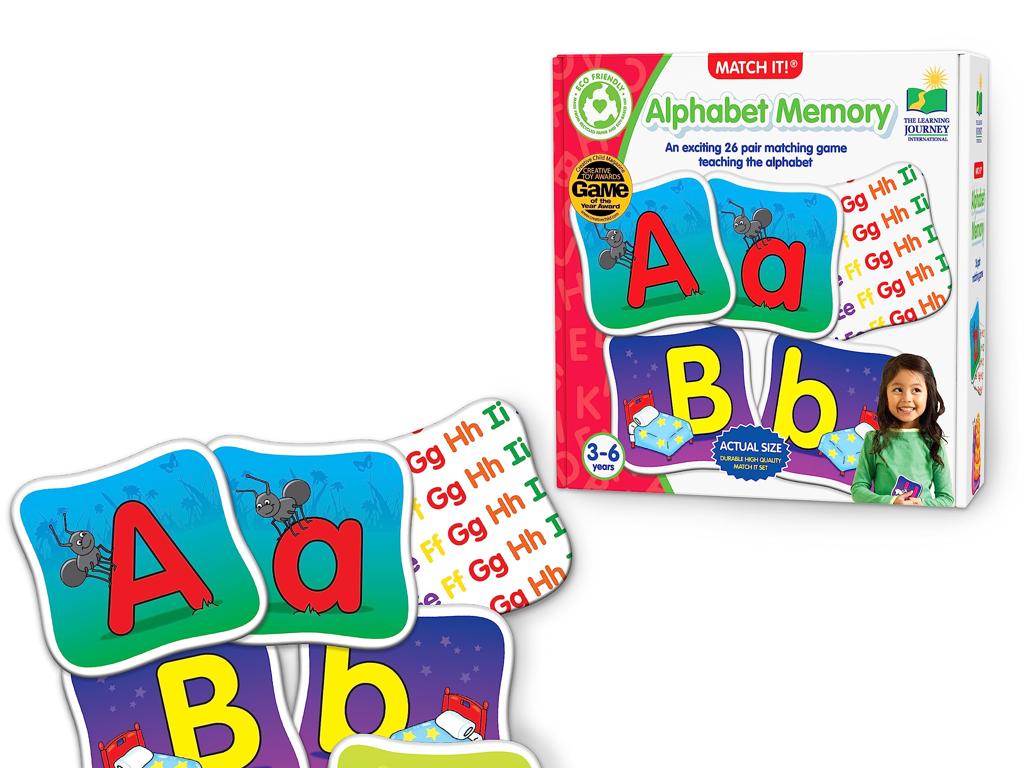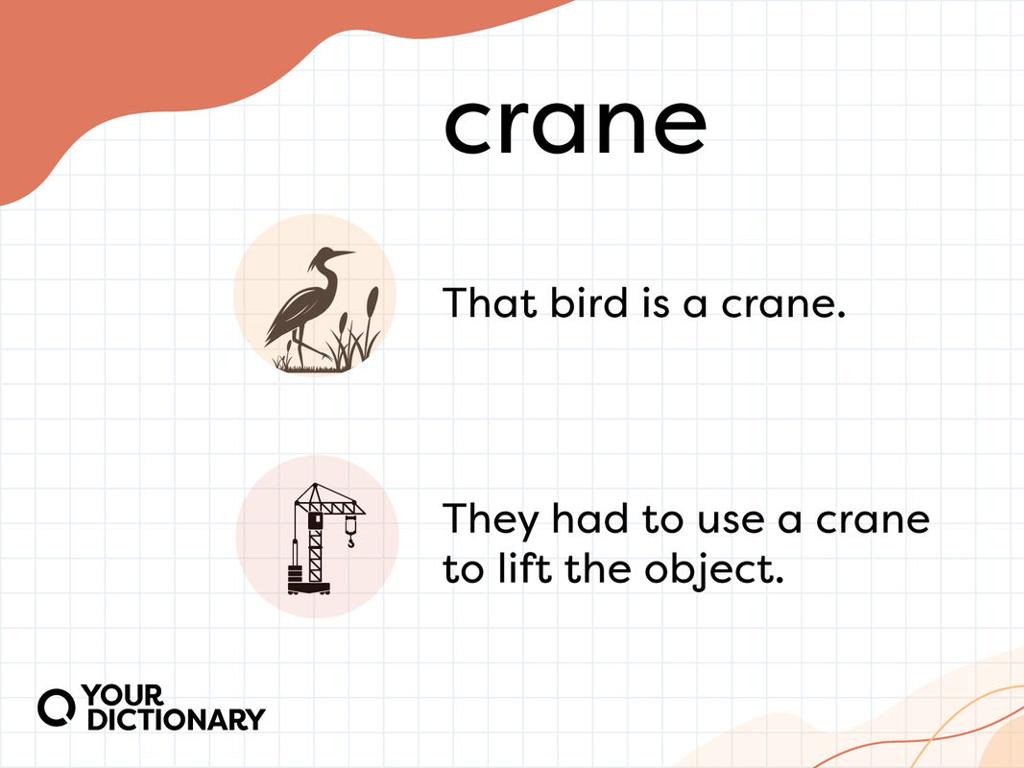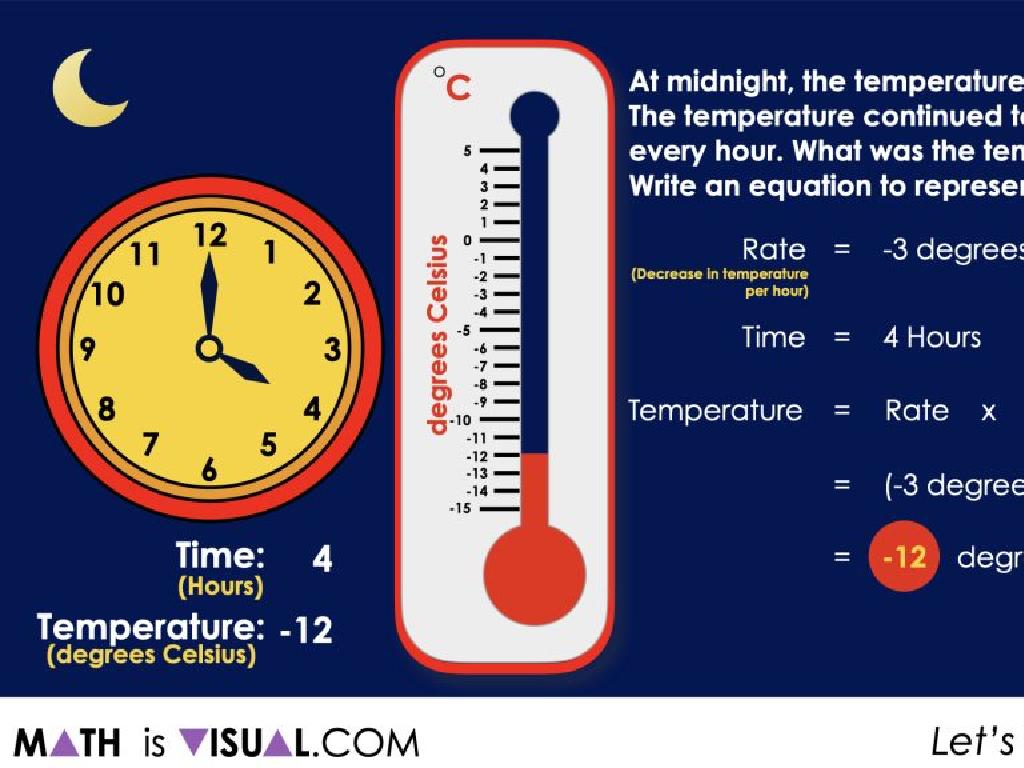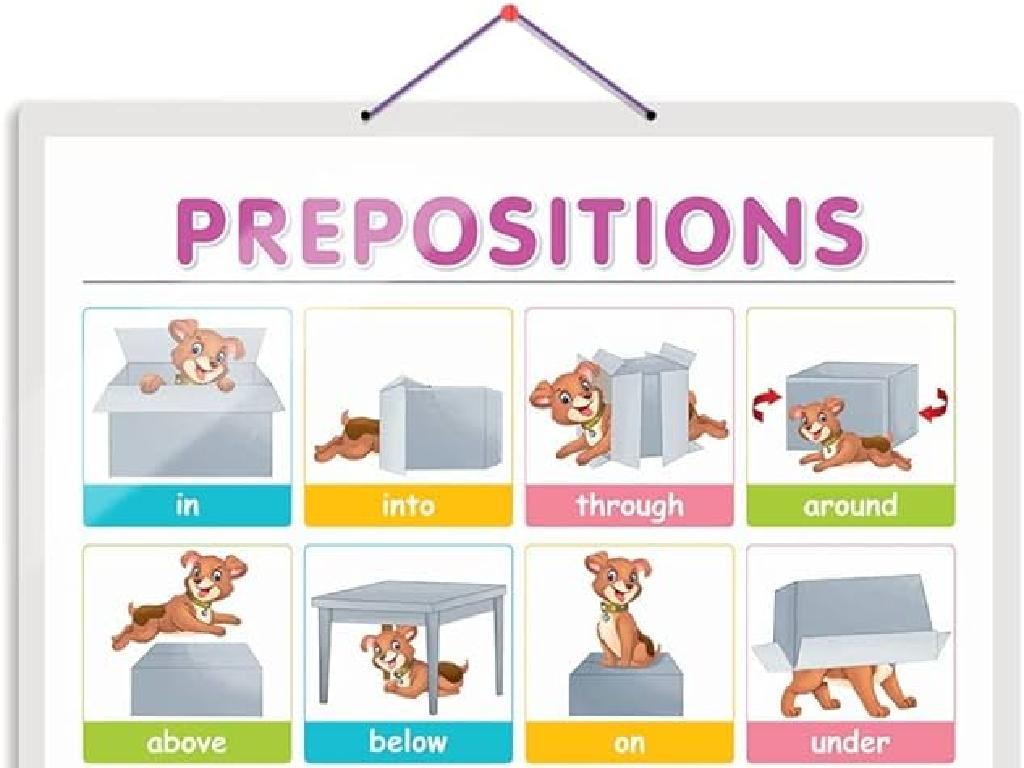Add 3 Or More Fractions: Word Problems
Subject: Math
Grade: Fifth grade
Topic: Add And Subtract Fractions
Please LOG IN to download the presentation. Access is available to registered users only.
View More Content
Introduction to Adding Fractions
– Welcome to our Math class!
– Understanding fractions
– Fractions represent parts of a whole
– Importance of adding fractions
– Adding fractions is essential for combining parts
– Preparing for fraction addition
– We’ll learn to find common denominators
|
Today’s class is an exciting introduction to adding fractions, a fundamental skill in mathematics. Begin by welcoming the students and creating an engaging learning environment. Explain what fractions are, using visual aids like pie charts or fraction bars to illustrate parts of a whole. Discuss the importance of adding fractions in real-life scenarios, such as cooking or dividing resources. Emphasize that understanding how to add fractions is crucial for many everyday situations. Finally, prepare the students for the next step: learning to find common denominators to add fractions with unlike denominators. Encourage questions and promote an interactive class where students can share their prior knowledge about fractions.
Review of Fractions: Understanding Parts
– Recap: Numerator over Denominator
– Numerator is the top part, Denominator is the bottom part of a fraction
– Fractions in daily life
– Pizza slices, measuring cups, and money are everyday fractions
– Exercise: Find fraction parts
– Identify the Numerator and Denominator in different fractions
– Discuss: Why fractions matter
|
Begin with a quick review of the basic components of a fraction: the numerator (top number) and the denominator (bottom number). Use relatable examples like slices of pizza or measurements in cooking to illustrate fractions in everyday life. For the exercise, provide students with various fractions and ask them to identify and label the numerator and denominator. This will reinforce their understanding of fraction parts. Discuss the importance of fractions in real-world situations to help students appreciate the relevance of what they’re learning. The exercise should include fractions that are relevant to their daily experiences, such as common measurements or money-related scenarios.
Adding Fractions with Like Denominators
– Understanding ‘like denominators’
– Fractions with the same bottom number, or denominator, are ‘like denominators’.
– Steps for adding same denominator fractions
– To add, keep the denominator the same and add the numerators.
– Example: 1/4 + 2/4
– Adding 1/4 and 2/4 gives us 3/4 because 1+2 equals 3.
– Practice with word problems
|
This slide introduces the concept of adding fractions with like denominators. Begin by explaining that ‘like denominators’ means the fractions have the same bottom number, making them easier to add. Walk through the steps: keeping the denominator the same and adding the numerators. Use the example of 1/4 + 2/4 to show this visually. Then, present word problems for the students to apply this concept, such as combining amounts of a whole in different scenarios. Encourage students to think of situations where they might need to add fractions in real life, like measuring ingredients for a recipe.
Adding Fractions with Unlike Denominators
– What are ‘Unlike Denominators’?
– Denominators are different, like 3 and 4 in 1/3 and 1/4.
– How to find a Common Denominator
– To add fractions, they must have the same denominator.
– Example: Add 1/3 + 1/4
– Find a number both 3 and 4 can divide into, like 12.
– Practice with word problems
– Use this method to solve real-world problems.
|
This slide introduces the concept of adding fractions with unlike denominators, which is a key skill in fifth-grade math. Start by explaining that unlike denominators are simply the bottoms of fractions that are not the same. Teach students how to find a common denominator by finding a number that both denominators can divide into evenly. Use the example of adding 1/3 and 1/4 by converting them to have a common denominator of 12, resulting in 4/12 and 3/12, which can then be added to get 7/12. Encourage students to apply this method to solve word problems that involve adding fractions with unlike denominators, reinforcing the concept with practical examples.
Adding Fractions with Word Problems
– Apply skills to real problems
– Read the problem carefully
– Understand every part of it
– Example: Pizza Slices
– If 3 friends share a pizza and take 1/4, 1/8, and 3/8 slices, how much is left?
|
This slide is aimed at helping students apply their knowledge of adding fractions to solve real-world problems. Start by emphasizing the importance of carefully reading and understanding the problem before trying to solve it. Break down the problem into smaller parts if necessary. Use the pizza example to illustrate how fractions are part of everyday life. Ask the students to visualize the pizza and the slices being shared. This will help them better understand the concept of adding fractions with different denominators. Encourage the students to discuss the problem-solving process and share their answers. Provide guidance on how to find a common denominator and add the fractions to find out how much pizza is left.
Adding Fractions: Word Problems
– Find fractions in the problem
– Look for numbers with parts of a whole, like 1/2 or 3/4
– Check if denominators match
– Same denominators are ‘like’; different ones are ‘unlike’
– Solve an example problem
– Let’s add 1/4 + 2/4 together as a class
– Practice with different denominators
– Try adding 1/2 + 1/3 by finding a common denominator first
|
This slide is aimed at guiding students through the process of solving word problems that involve adding three or more fractions. Start by identifying the fractions within the problem, ensuring students understand parts of a whole. Next, discuss the concept of like and unlike denominators, as this will determine the method used to add the fractions. Work through an example problem as a class to demonstrate the process, such as adding fractions with like denominators. Finally, challenge students with an example that requires finding a common denominator, reinforcing the skill of adding fractions with unlike denominators. Encourage students to explain their thought process and provide additional practice problems for them to try.
Adding Fractions: Practice Problems
– Problem 1: Recipe fractions
– Add 1/4 cup sugar and 3/4 cup flour. How much in total?
– Problem 2: Homework time fractions
– 1/3 hr Math, 1/2 hr Science, 1/6 hr Reading. Total time?
|
This slide presents two practical problems for students to apply their knowledge of adding fractions. For the first problem, students will add fractions to find the total amount of ingredients in a recipe, which helps them understand the relevance of fractions in cooking. The second problem involves adding fractions to calculate the total time spent on different homework subjects, showing the application of fractions in daily time management. Encourage students to find a common denominator for each problem and use it to add the fractions correctly. After solving, discuss the solutions as a class to ensure understanding. Provide additional similar problems for students who finish early or need extra practice.
Class Activity: Fraction Scavenger Hunt
– Find fraction-representing items
– Work in groups to sum fractions
– Add the fractions of items found together
– Present findings to the class
– Explain how you added the fractions
– Reflect on the activity
– Discuss what you learned from the hunt
|
This interactive activity is designed to help students apply their knowledge of adding fractions in a fun and engaging way. Students will search the classroom for items that can be represented as fractions, such as a half-eaten apple or a clock showing quarter past the hour. Working in small groups, they will add together the fractions they find and then present their methods and results to the class. This will not only reinforce their arithmetic skills but also improve their teamwork and presentation abilities. As a teacher, facilitate the activity by providing guidance on how to represent items as fractions and ensure each group understands how to add fractions with different denominators. After presentations, lead a reflection session to discuss what they learned and how these skills apply to real-life situations.
Wrapping Up: Adding Fractions
– Review of fraction addition
– Practice makes perfect
– Homework: 5 fraction problems
– Solve problems involving adding 3 or more fractions.
– Share solutions next class
– Be prepared to discuss the strategies you used.
|
As we conclude today’s lesson on adding fractions, it’s crucial to emphasize the importance of practice in mastering this skill. The homework assignment consists of 5 word problems that require students to apply what they’ve learned about adding three or more fractions. Encourage students to attempt the problems independently, reinforcing the strategies discussed in class. Remind them to show their work and to be ready to share their solutions and the methods they used during the next class. This will not only help solidify their understanding but also foster a collaborative learning environment where students can learn from each other’s approaches.






